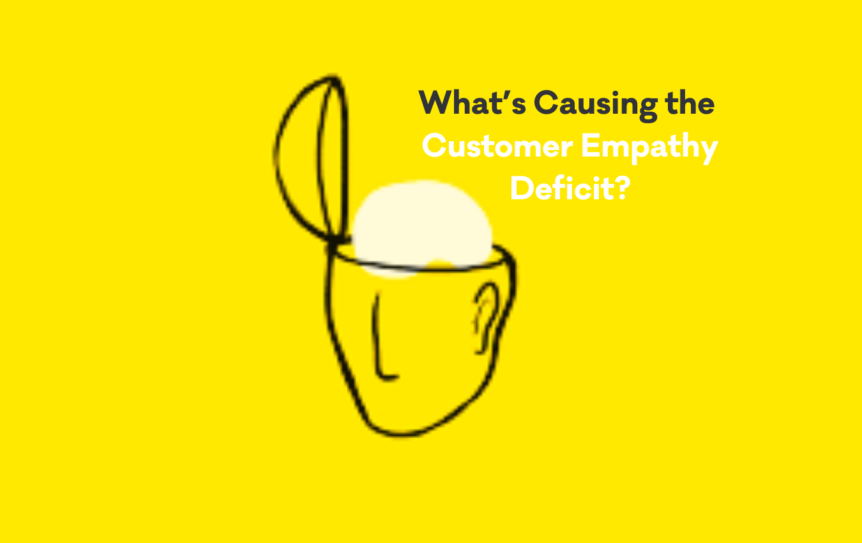This is article an edited extract from Alex Allwood’s new book, Customer Empathy, A radical intervention in customer experience management and design. Available November 11, 2019.
In my work I’ve listened to first-hand customer stories of queuing in forty-degree heat, patients dying in waiting rooms, essential services being cut during billing disputes, 100% increases in licensing costs, petrol tankers bursting into flames, fraudulent tax activity and customers begging for their calls to be returned.
These are my clients’ customers’ stories. My clients are curious about their customers’ lives, they demonstrate courage in asking the hard questions and they actively listen and then share these customer stories with humility across and down into their businesses. This is the essence of customer empathy.
How do we bring understanding and meaning to what’s important in customers’ lives?
Empathy is understanding another’s point of view, feeling what they’re experiencing and considering this in your decisions. Empathy can be explained as the ability to feel and share emotions; and the ability to match another’s emotions. Without empathy for customers, how do we bring understanding and meaning to what’s important in customers’ lives?
In many organisations customer stories are not told. Instead, customers are represented as numbers on a spreadsheet, quantitative data and satisfaction scores. Whilst these metrics are important as a measure of business performance, this data does not accurately reflect the customer’s experience; their emotions and their perspective. This vacuum of customer emotion in CX management has created a customer empathy deficit.
It is this layer of customer emotion that provides employees context and meaning. Customer empathy through understanding your customer’s perspective, feeling what they’re experiencing and considering this in decisions, is critical for the problem solving and decision making that enhances value, differentiation and growth.
The customer empathy deficit is perpetuated through the perception in business that empathy is a soft skill and ‘fluffy’. Empathy is often viewed as being a weakness, too emotional when ’emotions have no place in business’. To their detriment, most organisations haven’t considered customer empathy as a commercial tool or as an employee skill; one that can be switched on, developed and strengthened.
The way organisations are structured is not conducive to customer empathy either. Operational silos, channel silos, system silos and data silos—large businesses need silos or specialist departments or teams to get work done. Silos are meant to reduce complexity and promote efficiency and productivity; decreasing costs and increasing output to maximise shareholder returns.
Silos create bureaucracy—the death of effective CX management practice and the cause of customer infuriation
Departmental silos have their own goals, incentives and agendas. They often have a limited customer view and a limited understanding of, or interest in, customers. Instead, their primary focus is product/service-centric or serving internal stakeholders. Silos foster a culture of competitiveness, defensiveness and tribal discord, resulting in inward looking culture and blinkered decision making.
For CX efforts, the siloed mindset impacts customer collaboration; stifling a unified and coordinated approach on customer experience effort. Turf wars perpetuate the hoarding of information in silos, impacting the availability of critical data and insights for problem solving and decision making. Silos create bureaucracy—the death of effective CX management practice and the cause of customer infuriation.
Have leaders become disconnected and out of touch with their customers?
Studies show that leaders too, can become disconnected and out of touch with their customers. Interestingly, those who hold the seats of power tend to come from similar backgrounds. As they climb the corporate ladder, organisational leaders look less like their customers—less like ordinary people. This impacts their empathetic concern for their employees, their customers and the wider community. Meaningful connection with our customers is diminishing and it’s causing a customer empathy deficit. Increasingly, we are keeping customers at arm’s length; our customers are out of our view. Employees are emotionally disconnected from customers and this is can cause empathetic detachment, individualism, ego and even self-interest. As it stands, customer experience management and design is overdue for radical intervention—what’s required is switching on and scaling customer empathy.

